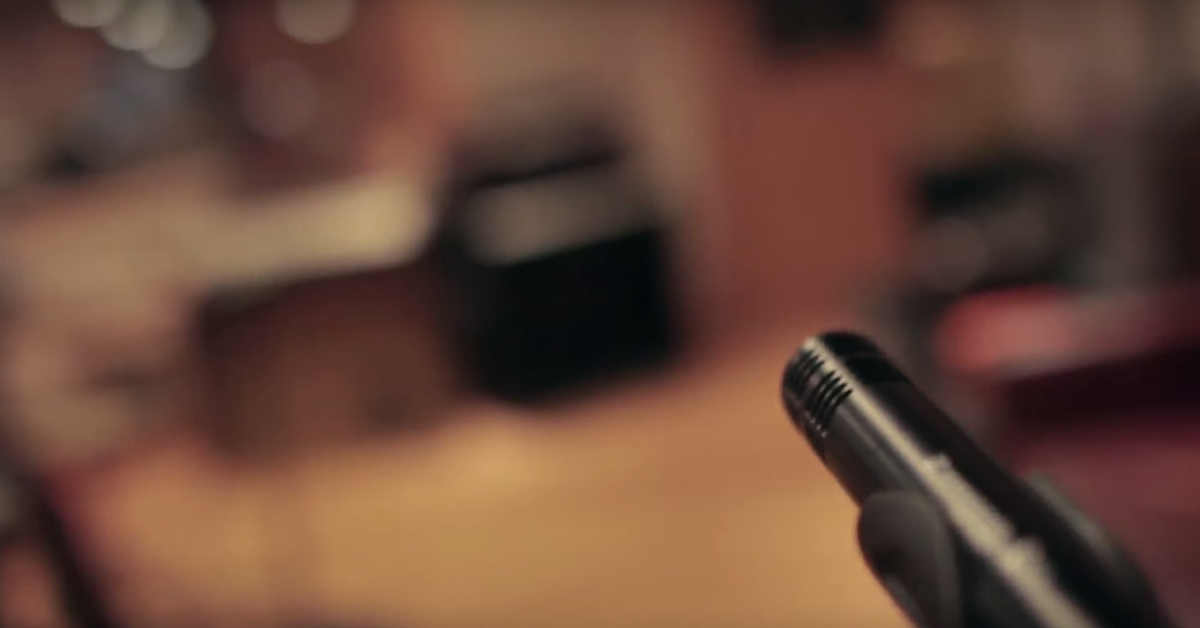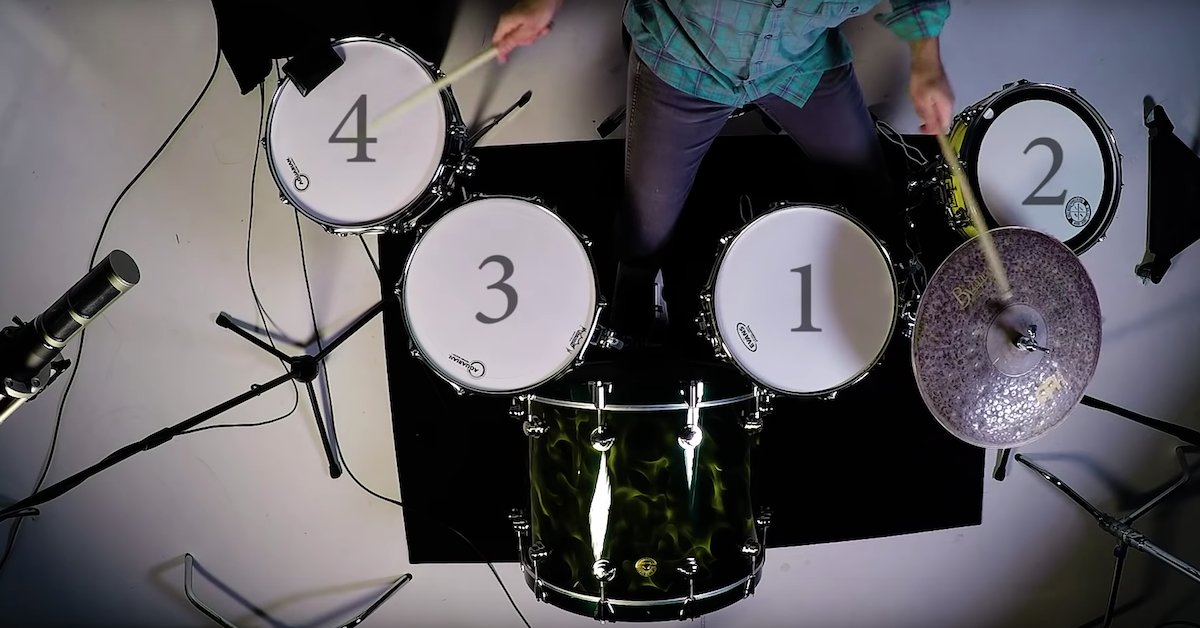The Advantages of Open Tunings and Capos
Article Content
There is a lot of misunderstanding about open tunings for stringed instruments.
There is a collective of people who like to believe that using an open tuning is cheating. This crew usually has a similarly dark view of capos.
Somehow they believe it’s a cop out by not playing everything in standard tuning. The irony is that standard tuning is actually an open tuning. It’s E Minor 11. So the joke is on them.
Universal Perspective
What’s the difference if you play in E Minor 11 or DADGAD? One isn’t really easier than the other. Different jobs require different tools. Yet, in music, some people will criticize others for using the proper tool for the job.
In this article, I want to discuss the uses of open tunings in productions as well as the impact of using a capo.
Excitations
It’s pretty obvious that instruments made from wood will vibrate. Everybody knows that, right? Now, as the tension of the strings changes, it causes the wood to vibrate differently. A Low E string tuned down to C has less tension and vibrates slower than when it’s tuned to E.
Engineers jobs are to capture sound waves. Wave catching if you will. Yeah, you can put that on your business card. Professional Wave Catcher. Or Wave Matcher. Mmmm… I see a whole different marketing spin happening in the industry. Or … not.
Downward Spiral
Tuning your guitar down a whole step and playing an E chord will sound different than when played with standard tuning.
When tuned down, that E chord becomes more mellow. This can be perfect for a guitar sound that’s too bright but you don’t want to change keys.
Now we can take this even further. Tuning your guitar to a chord not only changes the order in which the intervals are stacked, it changes the resonance of the guitar.
It’s all about the resonance. Check out “The Klan” by Richie Havens. That’s a combination of a thin pick, Guild dreadnought guitar, an open tuning and playing hard.
Tomato Tamato
I’ve come across players that sometimes try to play open-tuned songs in standard tuning. They claim it sounds the same. But, it never does to my ears. Even when you can mimic the voicings, it’s not quite right.
Fiddle players will often tune their fiddles down a whole step to let them breath more. It warms up a naturally scratchy instrument nicely.
Capos
Using a capo is another way to change the character of chords.
If you play an E chord in the first position without a capo, it will sound different from an E chord with a capo at fret two. It’s not just because the pitches are higher. It’s because the arrangement of intervals changes.
This is why you can create some lush acoustic tracks by playing the same chords in layers using a capo in several positions.
Ring of Fire
You’ll notice open chords have more ring to them than bar chords. Bar chords tend to be more percussive. Use this knowledge to your advantage.
One reason some artists use open tunings is it allows you to capitalize on the strengths of open strings. It gives you access to sexy drone notes within the key. Like sonic lingerie.
Research
Here are some songs to check out with open tunings:
- Led Zeppelin – Friends: CCCGCE
- Jack Bruce – Rope Ladder to the Moon: EBEGBC#
- Richie Havens – Follow: DADF#AD
- Bukka White – Aberdeen Mississippi Blues: EBEGBE
- Rolling Stones – Honky Tonk Woman: DGDGBD
Layered Cake
Sometimes I like to layer open-tuned rhythm guitars with standard tuned guitars. It creates a broader sound. I like to stack guitars that have different tensions and interval layouts.
Try this: First, take a rhythm part you’re recording. Let’s say it’s a simple C G D progression in first position. After we lay that track down let’s tune our guitar to open G tuning: D G D G B D
Find that same progression in our new tuning and overdub. Sound big? This is a production technique I like to use to fatten up guitars.
The Standard Hotel
On your next session, have a few tunings in your back pocket. Some popular tunings are:
- DADGAD
- EBEG#BE
- EBEGBE
- DADF#AD
- DADF#AD
- DGDGBD
Captain Obvious
In general, looser strings are going to sustain less and be more mellow. Tighter strings will sustain longer and be brighter.
Some guitarists tune their guitars down a half step as they prefer the softer tone of the instrument.
Distorted guitars low-tuned also have additional growl which can be appealing.
Living on the Edge
Get daring and combine open tunings with a capo. You may be going straight to hell, but one thing is for sure … it’s gonna be a great party.





